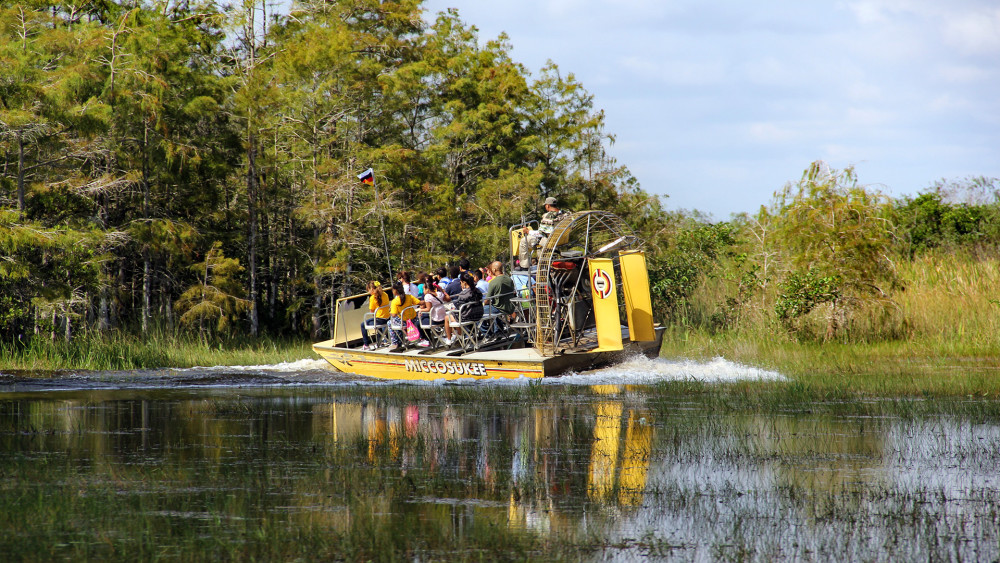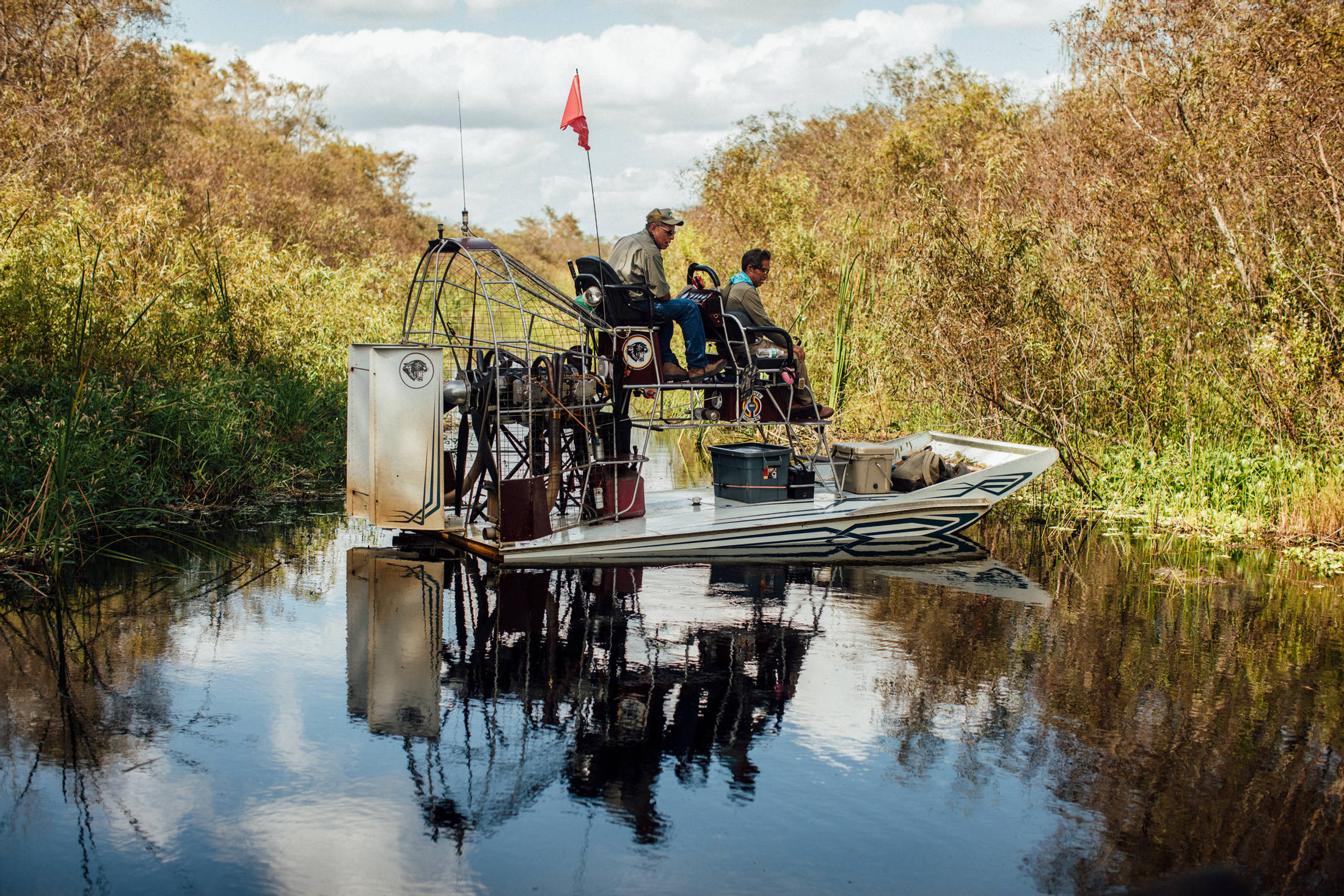
Miccosukee Airboat Traditions: Navigating the Everglades, Sustaining a Culture
The vast, emerald expanse of the Florida Everglades, a labyrinth of sawgrass prairies and cypress domes, is a landscape unlike any other. For centuries, it has been home to the Miccosukee Tribe of Indians, a people whose history is as intertwined with this unique ecosystem as the mangrove roots that anchor its shores. Their story is one of resilience, adaptation, and an unwavering connection to their ancestral lands. While their ancestors navigated these waters in dugout canoes, today, a different vessel defines their movement and survival: the airboat. This powerful, propeller-driven craft, once a symbol of modern intrusion, has been seamlessly integrated into the Miccosukee way of life, becoming an indispensable tool for cultural preservation, economic sustenance, and environmental stewardship.
The Miccosukee’s journey into the Everglades was not by choice but by necessity. Driven from their traditional lands in North Florida during the Seminole Wars of the 19th century, they sought refuge in the impenetrable ‘River of Grass.’ Here, they developed a profound understanding of the swamp’s rhythms, its bounty, and its perils. Their early existence was one of subsistence, relying on hunting, fishing, and gathering, all facilitated by their mastery of the cypress canoe. These canoes, painstakingly hollowed from tree trunks, allowed silent passage through narrow sloughs and dense vegetation, a testament to their deep ecological knowledge.
The mid-20th century, however, brought rapid changes. The draining of the Everglades for agriculture and development, the construction of the Tamiami Trail dissecting their territory, and the increasing encroachment of the modern world presented unprecedented challenges. Traditional modes of transportation became less efficient as water levels fluctuated drastically and new, man-made canals altered the natural flow. It was in this crucible of change that the airboat emerged as a revolutionary solution. Initially, the roar of the airboat engine was an alien sound, a stark contrast to the quiet glide of a canoe. Yet, its speed and ability to traverse shallow, vegetated waters where traditional boats would bog down proved invaluable. The Miccosukee, ever practical, recognized its potential.
"The airboat isn’t just a boat for us; it’s our truck, our ambulance, our connection to everything," explains a Miccosukee elder, his voice carrying the weight of generations. "Our grandfathers paddled canoes, but the world changed. The airboat allowed us to keep living out here, to hunt, to fish, to gather medicines, to visit our camps when the water was low or high. Without it, many of us would have been forced to leave the Everglades entirely." This sentiment underscores the pragmatic adoption of the airboat, transforming it from an external innovation into an intrinsic element of their survival strategy.
Today, airboats are ubiquitous in Miccosukee communities within the Everglades. They are not merely recreational vehicles but workhorses, essential for daily life. Hunters use them to reach remote hunting grounds for deer, wild hog, and migratory birds – sources of food deeply embedded in their cultural diet. Fishermen rely on them to access prime fishing spots for bass, gar, and catfish, which are vital for sustenance and tribal gatherings. For many Miccosukee, their homes are still accessible only by airboat, making it the primary mode of transport for groceries, supplies, and connecting with family spread across the vast wetlands.

Beyond subsistence, airboats play a critical role in cultural continuity. Tribal members use them to reach sacred sites, conduct ceremonies, and participate in traditional events that demand remote access. Elders are transported to teach younger generations about the Everglades’ flora and fauna, passing down invaluable ecological knowledge. The airboat bridges the gap between ancient traditions and modern realities, allowing the Miccosukee to maintain a physical presence in the heart of their ancestral lands, a presence crucial for the preservation of their unique identity.
Economically, the airboat has also opened avenues for self-sufficiency. The Miccosukee Tribe operates airboat tours for tourists, offering a glimpse into their culture and the unparalleled beauty of the Everglades. These tours, conducted by tribal members who are expert guides, provide not only income but also an opportunity for cultural exchange, allowing outsiders to learn directly from the stewards of the Everglades. This ecotourism model, which leverages the airboat’s unique capabilities, allows the tribe to generate revenue while maintaining control over their narrative and land, an important aspect of their sovereignty.
Moreover, the Miccosukee are fierce guardians of the Everglades. Their deep understanding of the ecosystem, honed over centuries, makes them invaluable partners in conservation efforts. Airboats enable them to monitor water quality, track wildlife, and respond to environmental threats across their extensive reservation lands. "We see the changes happening to the Everglades firsthand," a Miccosukee park ranger explains. "The airboat allows us to patrol vast areas, to spot invasive species, to report pollution, and to help scientists understand what’s happening. We are the eyes and ears of the Everglades, and our airboats help us do that job." This active role in environmental stewardship reinforces their ancestral commitment to protecting the land that sustains them.
The evolution of the airboat itself within the Miccosukee community reflects their adaptability. Early models were often crude, loud, and less efficient. Today, tribal members operate advanced airboats, often customized for specific purposes. They prioritize designs that are more fuel-efficient, quieter, and equipped with features that enhance safety and environmental compatibility. This continuous innovation demonstrates their commitment to harnessing technology in a way that respects their environment while serving their practical needs. Unlike the often purely commercial and sometimes disruptive airboat operations run by external tourism companies, Miccosukee airboat use is intrinsically linked to their way of life, guided by a reverence for the land.
However, life in the Everglades, even with the aid of airboats, is not without its challenges. The fragile ecosystem faces constant threats from climate change, rising sea levels, and continued human development on its periphery. The Miccosukee must navigate these complex issues, balancing their traditional practices with the demands of the modern world. The airboat, in many ways, symbolizes this balancing act: a modern invention used to preserve an ancient culture, a powerful machine operated with a deep respect for the natural world.
The Miccosukee airboat tradition is a powerful testament to human ingenuity and cultural resilience. It is a story not of resistance to change, but of intelligent adaptation. By embracing a modern tool, the Miccosukee have not only secured their physical presence in the Everglades but have also fortified their cultural identity and economic independence. The roar of an airboat engine across the sawgrass is more than just a sound of propulsion; it is the enduring heartbeat of a people determined to live free, connected to their land, and charting their own course through the ever-changing waters of the Everglades. As the sun sets over the ‘River of Grass,’ painting the sky in fiery hues, the silhouette of a Miccosukee airboat, expertly piloted, reminds us that tradition is not static, but a living, breathing force, capable of adapting and thriving against all odds.
